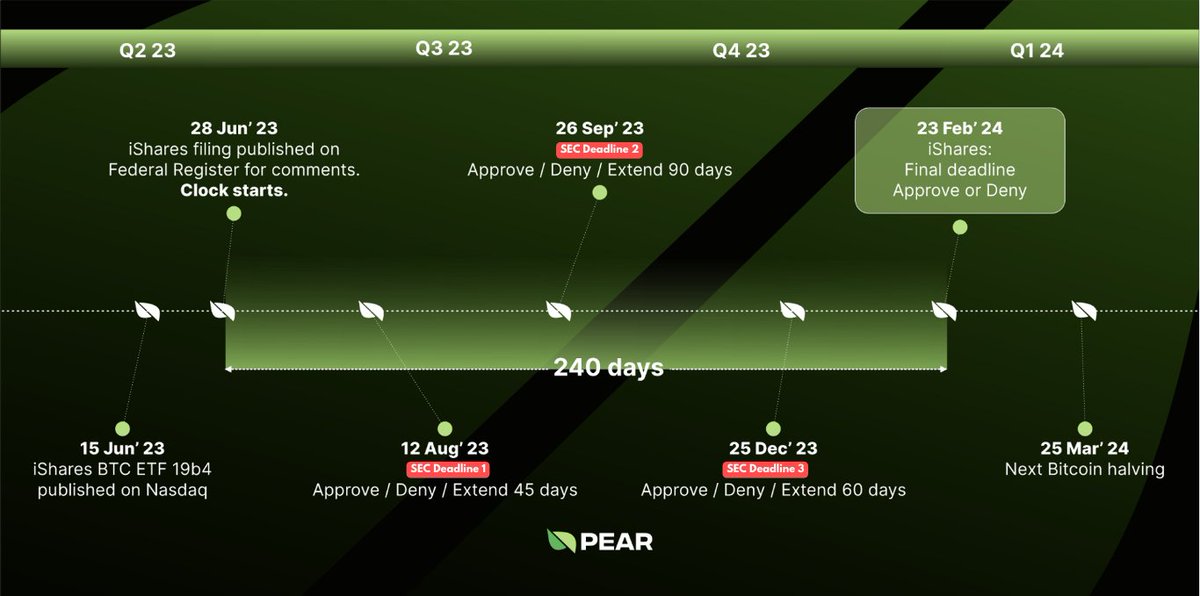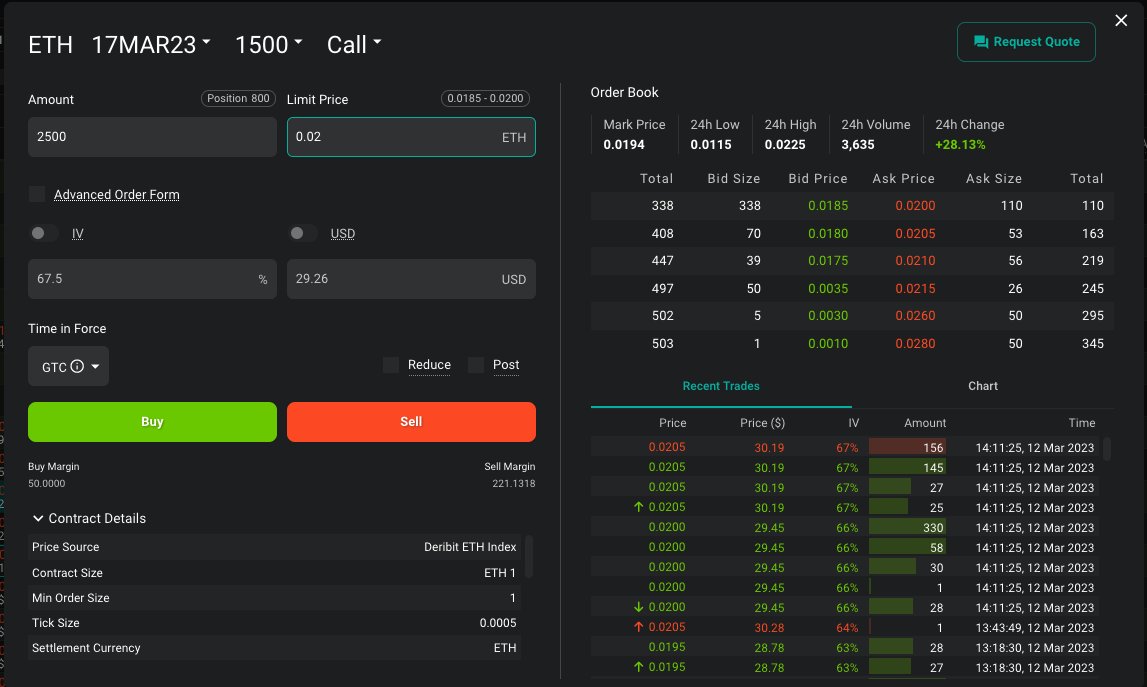FARMING DEPLOYMENTS: 03/01/2022
1. We put on our largest single ticket trade today by purchasing 812 $LUNA ($75.5k) and staking it in the Terra ecosystem. After several weeks of discussions with leading professionals in the DeFi space, we have high conviction in this.
1. We put on our largest single ticket trade today by purchasing 812 $LUNA ($75.5k) and staking it in the Terra ecosystem. After several weeks of discussions with leading professionals in the DeFi space, we have high conviction in this.

2. This is in addition to the 8 ETH of $bLUNA that we acquired at $54 and $72 (now $92), which we already have as collateral for UST deposits and are utilising the slow burn process. Credits to our podcast guest @shivsakhuja for the graphic 

3. We added a higher risk strategy by purchasing worth of $HND at an average price of $2.50. Already +57.6%. We put this on because a) we already have stables on hundred.finance and b) we spoke to a number of people v close to the protocol about their plans. 



4. We have received an airdrop of 1500 $NEWO for contributing to the NEWO/USDC LP on @SushiSwap. In fact, I just got off a call with 2 of the founders who were instrumental in the launch of $BTRFLY and they will also be coming on the podcast v. soon. Looking forward to seeding. 



5. Overall portfolio balance has is healthy (see low/medium/high). $920k/240E. +289% since our first $ETH distribution of 40E on 26/12/2021 (8 days). 

Tune into the Twitter Spaces tonight to hear from me and the rest of the team, and to learn more about our GROWTH plans.
https://twitter.com/ReimaginedFi/status/1477131725167738880?s=20
• • •
Missing some Tweet in this thread? You can try to
force a refresh

















